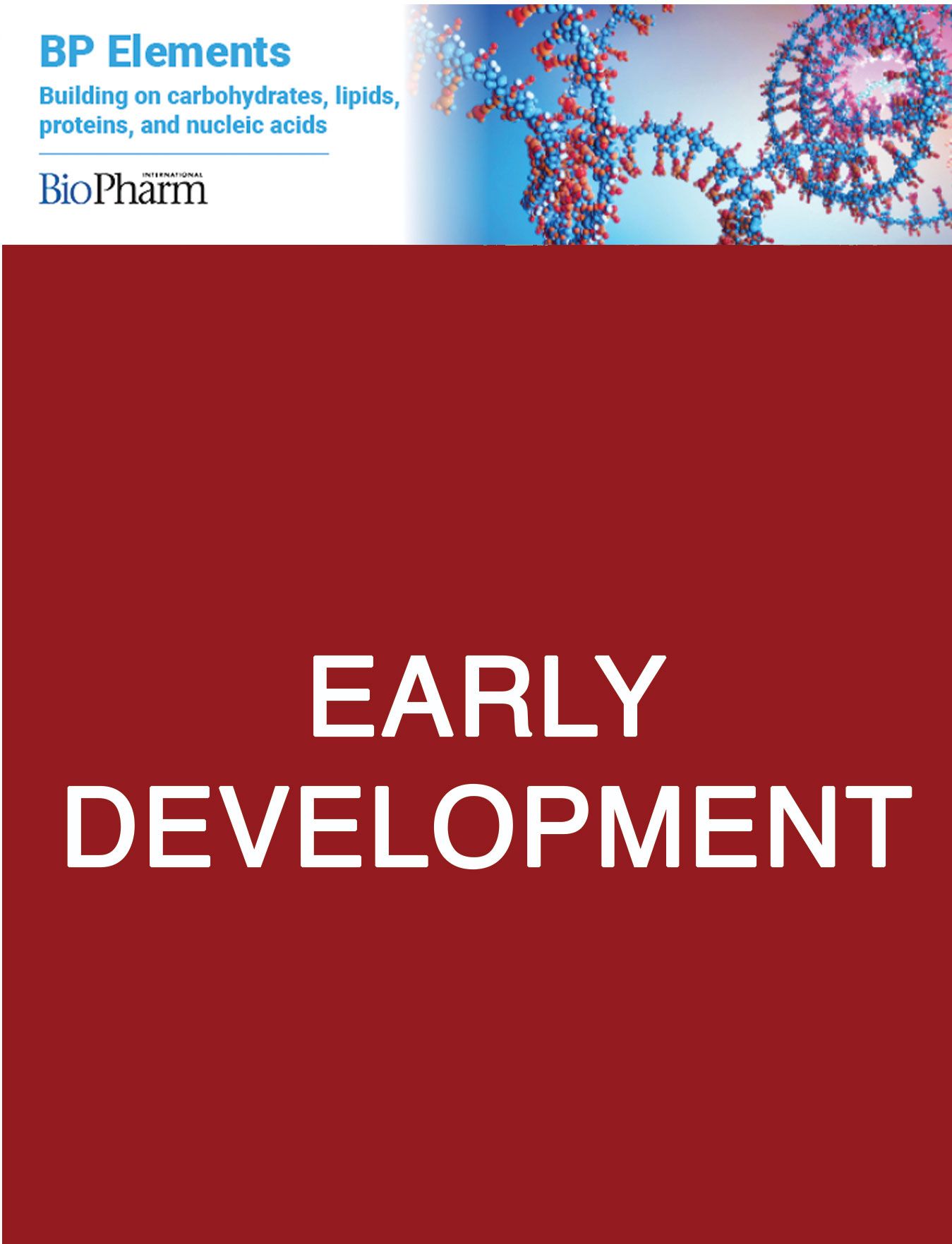NIH-Funded Scientists Develop Mouse Embryo Model That Generates Neural Tubes
Scientists have developed a mouse model that could be a promising model system for research into factors affecting mammalian embryonic development and disease.
The National Institute of Health (NIH) announced on Aug. 25, 2022, that scientists funded in part by the NIH have successfully generated a mouse embryo model, or embryoid, that develops beyond the formation of the neural tube. Because the model closely mirrors natural mouse embryos 8.5 days after fertilization, this embryoid could potentially be used for research into factors affecting mammalian embryonic development and disease.
According to an agency press release, the researchers combined mouse embryonic stem cells (ESCs) with two types of mouse extraembryonic stem cells that yield the yolk sac and placenta. This enabled development of all brain regions, as opposed to models that just use ESCs. The structure was developed within a yolk sac that formed blood islands, structures designed to support the embryo and its circulatory system. In addition to the neural tubes, a gut tube and precursor cells for sperm formation developed.
The neural tube was flanked by somites, cells that lead to vertebrae, skeletal muscle, cartilage, and so on. The neural tube responded to a developmental challenge in a similar manner to natural mouse embryos. This evaluation was done by depriving the embryo of Pax6, a protein needed for brain and eye development; the resulting neural tubes appeared identical to those that develop in natural mouse embryos lacking the protein. According to the release, the researchers believe that this could be used to explore the genetic and epigenetic factors regulating development, as well as screen for the effects of various chemicals on mammalian embryo development.
This research is being led by Magdalena Zernicka-Goetz, of the California Institute of Technology and University of Cambridge. It is partially supported by Eunice Kennedy Shriver, of the NIH’s National Institute of Child Health and Human Development.
Source: National Institute of Health
